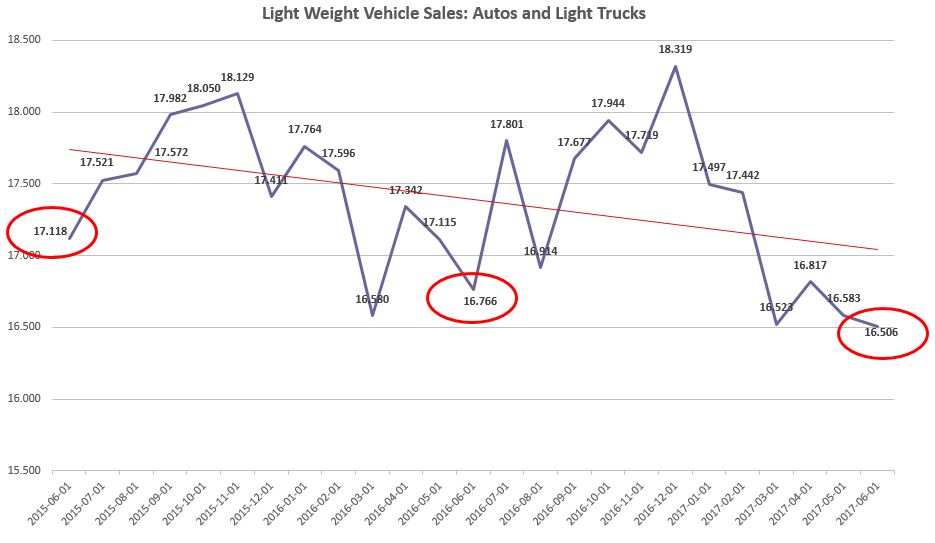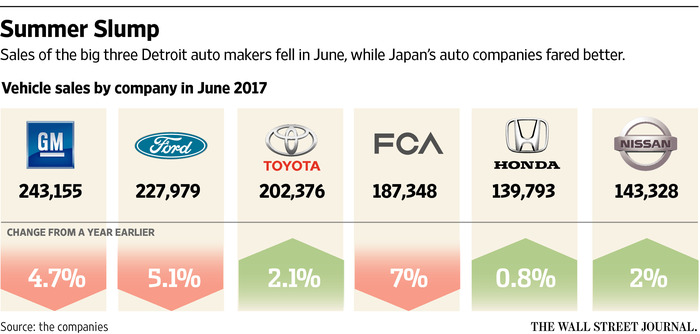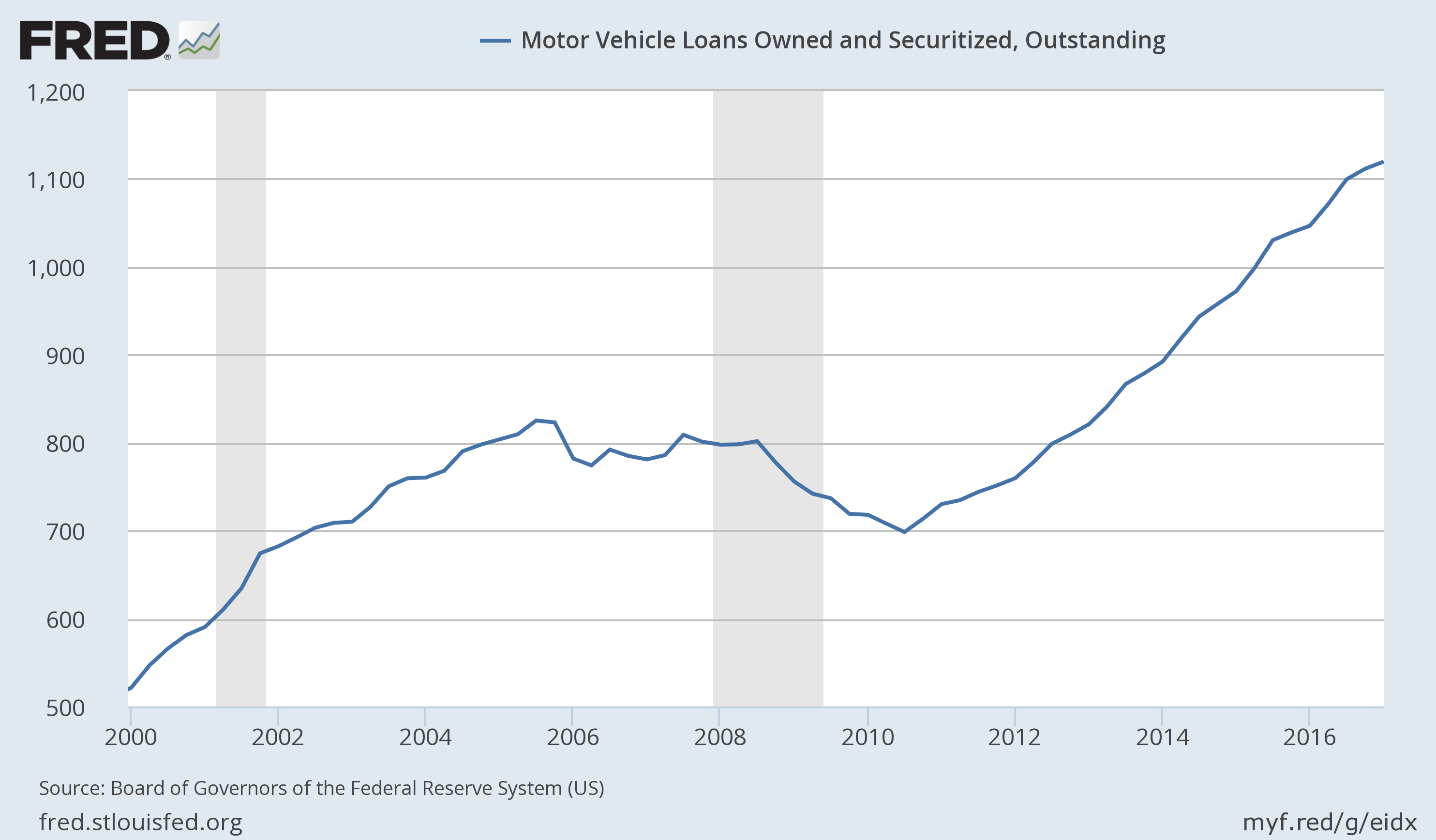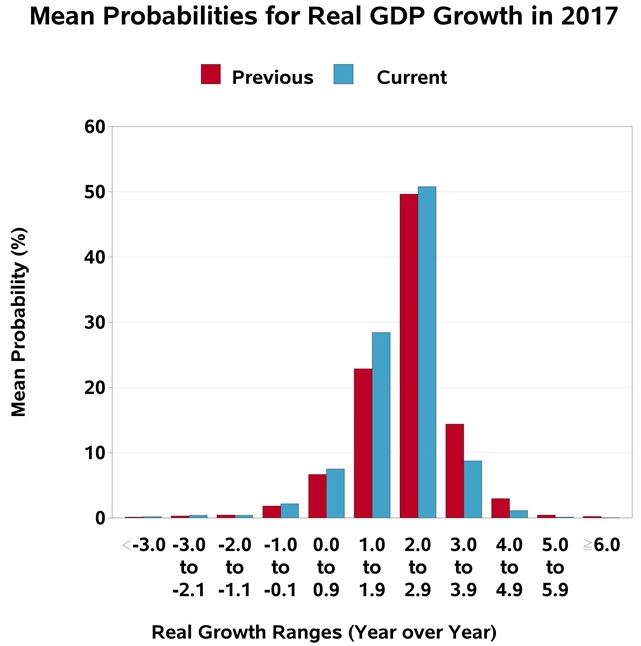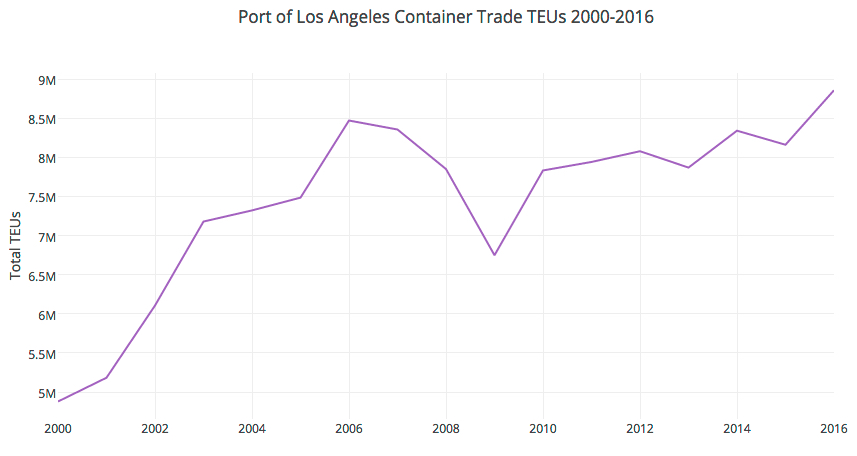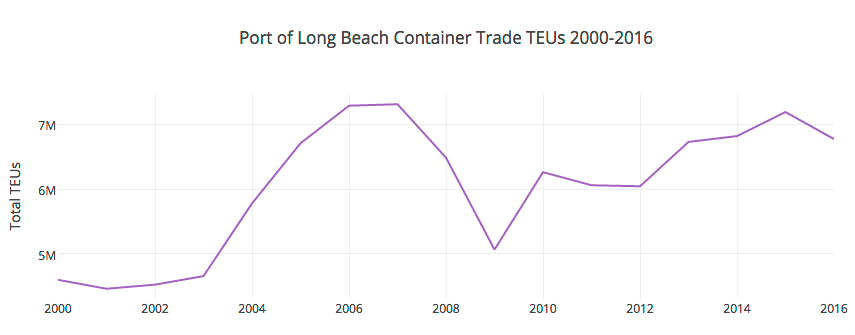With so much emphasis on how to reach millennials and the superiority of sitting around cross-legged on the floor of an open office design, it might seem odd that high-level military experience is sought after for leadership, but should it? From the Wall Street Journal, Generals Bring Battlefield Expertise to the Business World:
In the fog of war, and in peacetime, generals are trained to anticipate unknown risks, build high-functioning teams and make quick, strategic decisions in high-pressure situations. “They are the same traits necessary in the fog of business,” says Henry Stoever, a captain in the Marine Corps who is now chief marketing officer of the National Association of Corporate Directors.
…Companies, especially those in crisis, covet the reputational boost that comes from seeking the counsel of a former military leader, says Wendy Monsen, president of executive recruiter Korn/Ferry ’s federal-government practice. Whereas more than three-quarters of Americans trust the military to act in the public’s interest, according to a 2016 Pew Research Center survey, only 41% feel the same way about business leaders.
What is surprising to learn is that the leadership styles do not reflect the command and control caricature that we might think, “Rather than barking orders and enforcing hierarchy, military leaders who succeed in the corporate world know how to coax different groups into collaborating, says retired Army Maj. Gen. Michael J. Diamond, an organizational leadership consultant.”
In other words, these backgrounds not only bring the strength of strategic vision and experience but character and leadership traits that are associated with the most effective and successful leaders, such as emotional intelligence, the ability to collaborate and getting others to cooperate. Not to mention a keen understanding of risk assessment. See the full article here.

